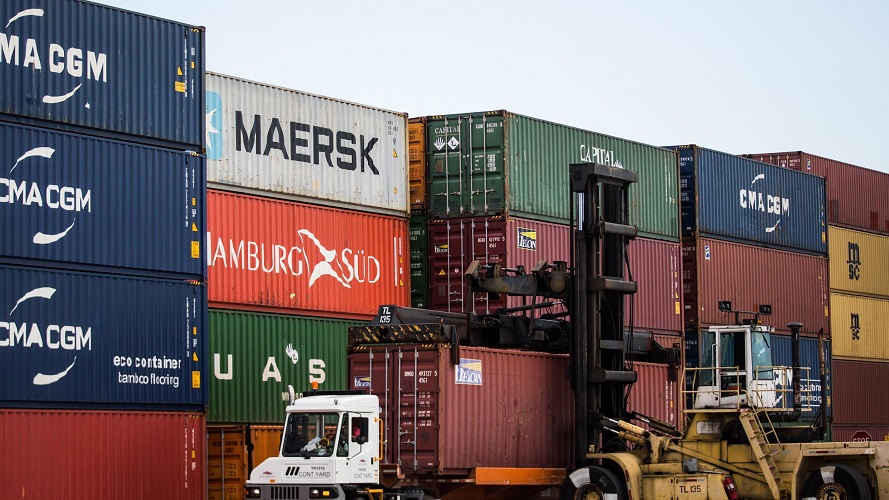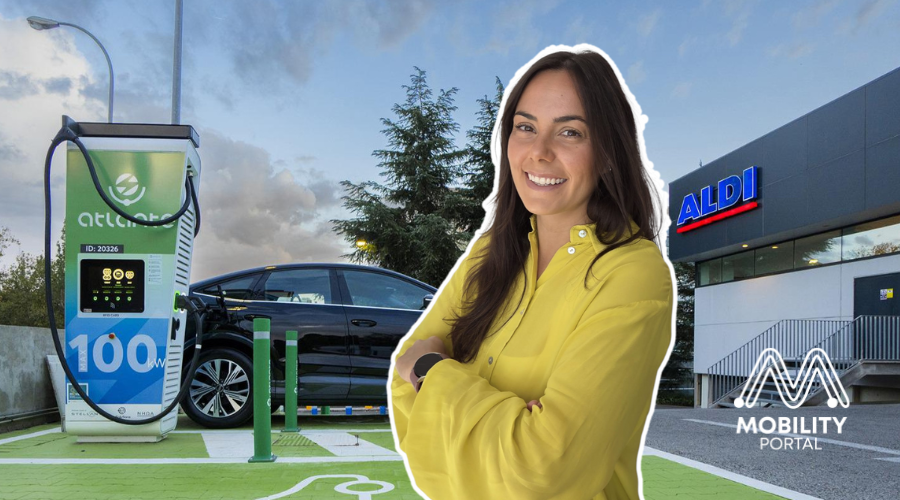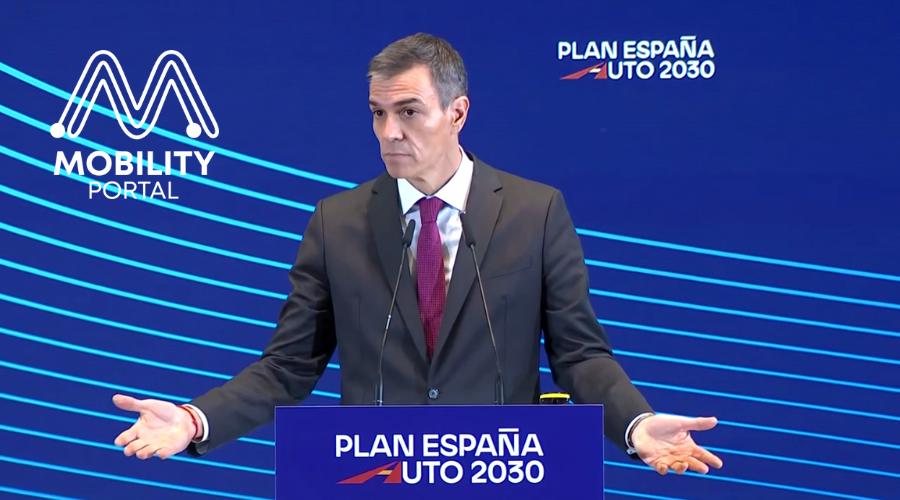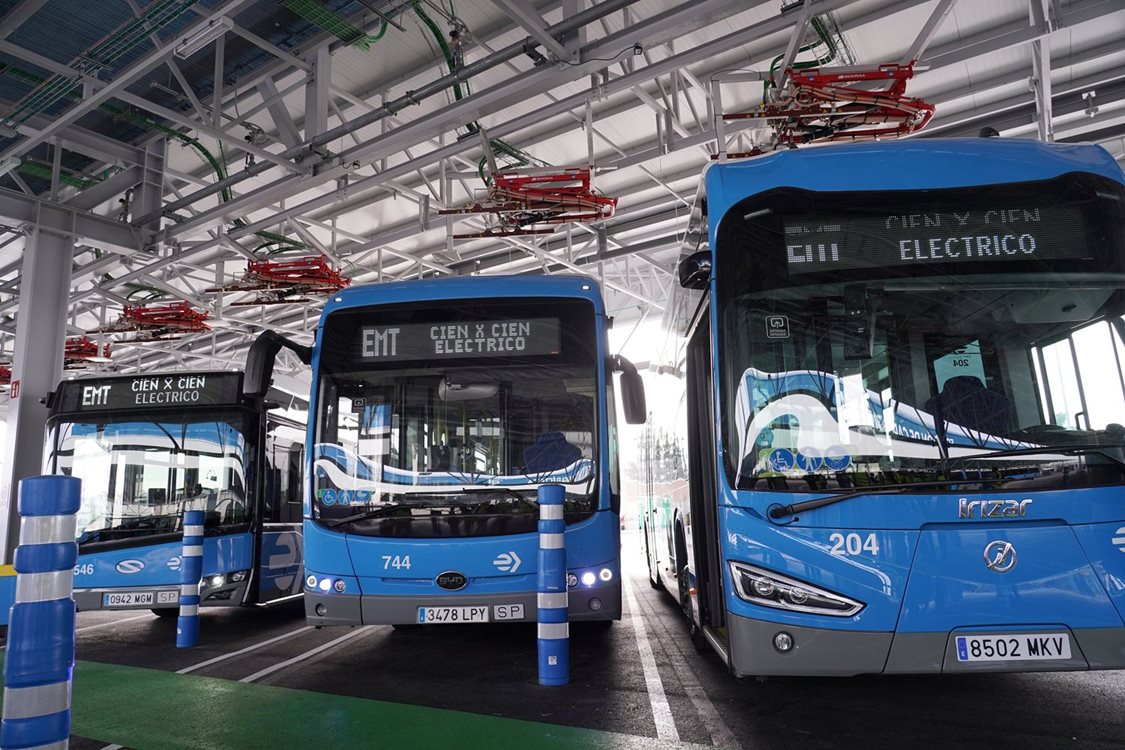The return of protectionist measures in the United States is creating a domino effect in the global automotive ecosystem. Former president and current candidate Donald Trump’s recent announcement of a 25% tariff on vehicles manufactured outside the US has set off alarm bells across the industry.
Carmakers producing electric vehicles — including some from China, Japan, and Europe — are urgently seeking new locations for their plants, and Latin America is gaining ground as a strategic alternative.
According to reports by Nikkei Asia, Toyota is seriously considering relocating part of its Hilux pickup truck production — including a new fully electric version — to its plant in Zárate, Argentina. This move is part of a global strategy to mitigate the impact of US tariffs and reduce reliance on factories located in Asia.
According to information gathered by Mobility Portal Latinoamérica, Toyota’s Argentine subsidiary has not officially confirmed the move, although sources close to the industry indicate that the analysis is already underway.
Tariff Costs Squeeze Value Chains
Trump’s trade offensive is particularly affecting manufacturers dependent on plants in China and other Asian countries.
“The measure undermines the competitiveness of imported electric vehicles and forces brands to look for logistical alternatives,” says a source at Toyota Argentina consulted by Mobility Portal Latinoamérica.
Firms like Nissan have responded by suspending orders in the US for certain models assembled in Mexico, such as the Infiniti QX50.
Jaguar Land Rover, meanwhile, has halted exports to the North American market entirely while it redefines its logistics strategy.
Volkswagen has warned its dealers that it will pass some of the costs on to consumers, signalling a likely price increase across its imported range.
In this context, industrial relocation is emerging as a viable way forward. With free trade agreements and growing industrial capacity, Latin America is becoming increasingly attractive to brands seeking to avoid the impact of US tariffs.
Mexico and Brazil: Regional Favourites
The Mexican case is paradigmatic. Tesla is already building a plant in Monterrey, while Volvo Trucks is investing US$700 million in a new heavy truck factory to serve the North American market.
MG Motor, owned by China’s SAIC, has also confirmed plans to set up a factory with an R&D centre, although it will prioritise Latin American markets given the barriers to direct exports to the US.
BYD is progressing with construction of a vehicle and battery plant in Bahia, Brazil, with an initial investment of US$620 million. Although originally designed to supply South America, the new trade landscape could make it a key base for reconfiguring global exports.
Argentina: A New Bet Under Evaluation
Argentina is emerging as an option for expanding production capacity, particularly due to the technical expertise already present in its traditional automotive industry. Manufacturing the electric Hilux in Zárate would allow Toyota to capitalise on the plant’s export focus, which is currently aimed mostly at Latin America and Oceania.
Additionally, existing infrastructure, provincial incentive schemes, and lithium availability in the north of the country add value in corporate assessments.
“The new rules of global trade are redrawing the industrial map. Argentina can position itself if it offers predictability and a competitive regulatory environment,” comments a leading figure in the Argentine auto parts sector.
China at the Heart of the Geopolitical Conflict
The Trump administration seeks to restrict the entry of Chinese-made technology, including electric vehicles, batteries, and chargers. The new tariffs affect not only Chinese brands directly but also multinational companies reliant on Chinese components.
In this sense, some analysts see the Latin American expansion not just as an economic measure, but also as part of a geopolitical strategy by manufacturers to sidestep diplomatic tensions. Producing outside of China helps avoid the impact of restrictions without breaking the technological value chain.
New Opportunities for the Region
The ongoing transformation opens opportunities for Latin American countries able to position themselves as strategic allies of the global automotive industry. Electromobility, with its specific demands in infrastructure, regulations, and workforce training, represents a public policy challenge — but also an opportunity to attract green investment.
Projects like Toyota’s in Argentina, Tesla’s in Mexico, or BYD’s in Brazil could mark the beginning of a new industrial phase for the region, one that is less reliant on imports and more integrated into international value chains.
Although many companies have yet to make official announcements, the trend is clear: Trump’s tariffs may have triggered a chain reaction. Electromobility is moving in step with political decisions, and Latin America could be the stage for its next major act.
READ MORE
-
Atlante y su “modelo híbrido”: generación, almacenamiento y recarga ultrarrápida para un sistema más resiliente
Atlante acelera su despliegue en España y en diálogo con Mobility portal, Inés Mackey, Chief of Staff de Atlante Iberia define las prioridades de la empresa y su apuesta por la interoperabilidad de la mano de Charge League.
-
Spain Auto 2030: a point-by-point look at the plan set to redefine the eMobility landscape
Spain has entered a new phase in its industrial strategy for electric mobility. The Government has unveiled Spain Auto 2030, a roadmap designed to mobilise €30 billion over the next five years, reshaping the centre of gravity of the electric vehicle market through fresh incentives, a centralised management model, targeted investment in charging infrastructure and…
-
EMT Madrid licita 120 nuevos buses eléctricos: inversión de 79,35 millones y entregas entre 2026-2027
Con esta incorporación, Madrid refuerza su estrategia de descarbonización y consolida una de las flotas eléctricas urbanas más grandes de Europa.









